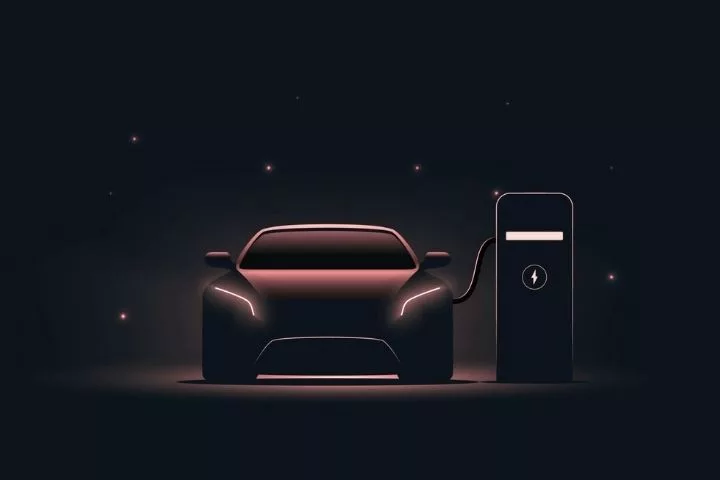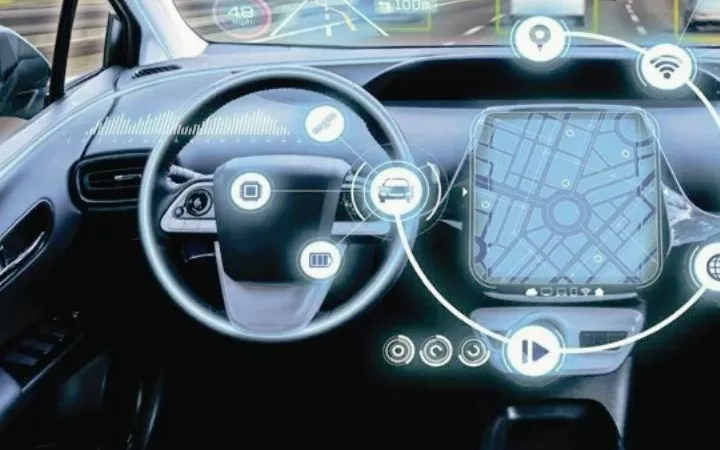The Electric Vehicles-Evolution, Working And Advantages

The proportion of electric vehicles is growing, but skepticism remains. How environmentally friendly are e-cars? And is our power grid sufficient? A fact check.
Electromobility is growing; there are already 7.5 million e-cars on the roads around the world. By 2030, market studies estimate that their share of global car sales will rise to 25 to 75 per cent worldwide. Nevertheless, there is a lot of skepticism about the technology, and its usefulness is not infrequently questioned.
Due to this growth and the many open questions, the Fraunhofer Institute for Systems and Innovation Research ISI carried out a detailed fact check based on a meta-literature analysis of third-party and in-house studies and answered common questions about e-mobility. In the following, we address the most critical questions.
Why was the electric vehicles a failure in the 1990s?
The electric car, which brought great hopes in the early 1990s, could not find its market.
The electric car has been an integral part of the automotive adventure from the beginning.
Before the First World War, the electric motor was a potential competitor of the internal combustion engine. In 1899, the first car to go 100 km / h was a French electric car, the Jamais contentment.
Electric taxis were on the road in Paris and London in 1911. By 1915, a third of American vehicles were electric.
The electric car was abandoned in the 1930s. The progress of the internal combustion engine (reliability, starting, ease of supply) made it obsolete (persistent problem of autonomy and battery recharging).
Indeed, one of the major problems of electric vehicles is the storage of energy in batteries that are both light and efficient.
After this first ” failure “, it was the oil shocks and the evolution of Californian regulations that were the triggers for a return to electric propulsion. One of the symbols of this new generation and of the revival of work was the electrified R5, presented at the G8 in Versailles in the early 1980s.
How do batteries evolve?
In the last ten years, the energy density of large-format lithium-ion battery cells used in e-cars has almost doubled and could double again by 2030.
To achieve complete ranges of more than 600 kilometres and the further development of the battery cells, space and weight-saving innovations down to the battery system level and in the vehicle are required.
The manufacturers primarily focus on a higher energy density for more excellent performance and a cheaper production method when it comes to further development.
The highest energy density of over 1,000 Wh / l would be achieved with lithium metal anodes. However, this would require solid electrolytes that are not yet commercially available.
The ISI suspects that the first solid-state batteries on a larger scale can be expected from around 2025.
How environmentally friendly are e-cars?
Depending on production and battery size, electric cars cause 70 to 130 per cent more greenhouse gases than conventional gasoline or diesel vehicles in production. But that’s only one aspect because when it comes to using, electric cars do better.
Overall, electric vehicles are better off than conventional gasoline or diesel vehicles: An electric vehicle purchased today consumes 15 to 30 per cent fewer greenhouse gas emissions than a comparable modern car over its entire service life.
The ISI also emphasizes that the energy transition plays a vital role in this calculation. If predominantly or exclusively renewable electricity is used, as some citizens already manage with their PV system, the balance of e-cars is even more optimistic.
E-cars can also improve when it comes to recycling: Although many studies say that recycling has little impact on the emissions balance, Fraunhofer suspects that recycling the battery again would significantly improve the balance.
The extraction of raw materials was not considered in the greenhouse emissions balance because it is difficult to make comparisons here.
However, Fraunhofer points out that there are still significant adverse ecological and social effects in extracting raw materials for battery production.
Are the available raw materials sufficient?
Another critical point for e-vehicles is the raw materials they need – can global demand be met in the long term? For the most part, yes, so the answer from ISI.
Above all, lithium, cobalt, nickel, manganese and graphite are available in sufficient quantities, even if one considers the generally increasing demand. In the case of cobalt, the situation will even be eased by the development of cobalt-reduced high-energy batteries.
Only with nickel is there still uncertainty. Above all, work should be done on recycling to recover new raw materials from old batteries.
Are jobs being lost as a result of electromobility?
Since an e-vehicle requires fewer components, its production is less complex and labour-intensive, which is why many studies assume that many jobs will be lost due to the increased output of e-cars.
The frequently mentioned positive job effects in battery production are likely to be low due to the highly automated production.
In return, positive job effects are expected in power generation, digitization, and charging infrastructure development.
What happens to the old battery?
Disused batteries can, in principle, be recycled, which is currently being carried out in pilot plants, but there is still a lot of research to be done here.
Legislators must also act because the current legal situation on battery recycling, which provides for a collection rate of 45 per cent and a recycling rate of 50 per cent of the average weight, does not do justice to the expected increase in used batteries.
Another option here could be the secondary use of the batteries – the concept is currently being tested. It could become relevant from 2030 when one expects a significant return of used vehicle batteries.
For a functioning business model, second batteries would be available cheaply and with sufficient residual power.
Is our power grid equipped for electromobility?
There are currently around 295.8 million cars in India – if they were all-electric cars, the nationwide electricity demand would increase by 20 per cent.
By 2030 government of India has decided to ensure that 30 per cent of vehicles on Indian roads would be electric, which means an increased electricity requirement of 3 to 4.5 per cent – feasible for the power grid.
The so-called simultaneity factor, which is around 30 per cent, is also essential, i.e. only 30 per cent of the e-cars charge simultaneously and thus load the power grid simultaneously. Whether there can be bottlenecks at important junctions during times of high travel is still being researched.
Advantages of the electric vehicles
* absence of pollution and local emission of greenhouse gases,
* silent operation,
* high energy efficiency of the electric motor (x 2 or x 3 that of the heat engine),
* mechanical reliability of the electric motor,
* independence from oil.
* no gas is required
* safe to drive
* maintenance is low
Since that time also, its promoters have been highlighting the growing pressure from regulations and the population, which would lead to limiting the access of thermal cars in city centres.
One of the principle difficulties of the electric vehicle is the origin of electricity. If the vehicle does not pollute the place of use, what about the electricity that powers it? Very few countries in the world have ” clean ” electricity production free from greenhouse gas production.
Thus, in most countries of the world which have neither sufficient hydroelectric resources nor a large number of nuclear power stations, the electric car emits as much or more greenhouse gases than a thermal vehicle .
The benefits of automatic battery replacement are as follows:
- No time to recharge, faster than filling up a gasoline car
- The vehicle can continue to be used while “refueling” (charging)
- The electric vehicle is sold without a battery, which makes the price of an electric vehicle less than that of a fossil car. The battery is leased and can be renewed when better technology is available
- Infrastructure is built without the need to build hundreds of thousands of public charging stations
- The load on the battery is significantly reduced. The batteries are given sufficient time to charge, which reduces peak demand and the load on the power grid.






